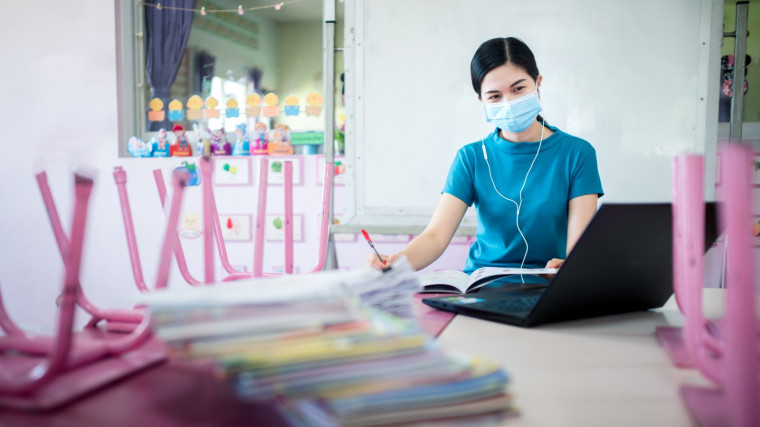As I sat next to my sister, who is in Primary 3, while she was going through her home-based learning sessions, I couldn’t help but notice her teacher having a tumultuous time juggling the highly energetic students who were physically in class and on Zoom.
(Two students in her cohort had tested positive for Covid so most of the school children were on HBL)
Her teacher, like all educators throughout the pandemic, are incredible for what they go through every day. Not only do they nurture and instil knowledge in our children but they also ensure their continued safety and well-being. They have continued to soldier on, quickly adapting to new ways of teaching their students, often using technological tools like Zoom that they probably never had been trained for.
Putting students first before themselves during these trying times must not be an easy task!
Anecdotes from Teachers
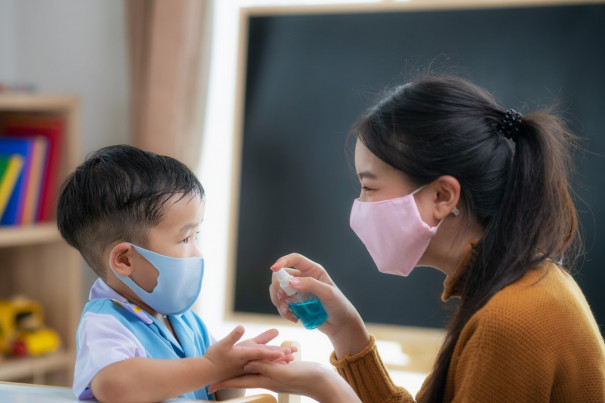
Xian Xian, a preschool teacher who has been teaching children for five years, says that Covid has made many changes to how they operate.
The school that she works at caters to 200 children and has 40 staff members, including teachers, cooks and cleaners.
“Adjusting to teaching during a pandemic has been both good and bad. There has been a significant change in the way we teach now as compared to two years ago. We now teach in smaller groups, which requires us to repeat the same lesson a few times.
“However, Covid has helped us — both teachers and students — see things in a better light. Teaching in smaller groups is more beneficial for the children as they are more responsive and are not afraid to ask questions,” she tells The Pride.
One of the biggest changes of course, is having to teach while wearing a mask.
Says Xian Xian: “We often have to remind the kids to pull up their masks. It can be distracting for the students and also hinders our teaching flow as teachers.”
“Nevertheless, it is also enlightening to see how Covid has taught the children to be resilient. They hardly ever complain about having to wear their masks. I have to admit, we teachers sometimes find it exasperating to talk through our masks but the children don’t! It really inspires us to be better,” she laughs.
Anne, who spent six months as a teaching intern at a primary school in the east, says: “It was an eye-opener. I saw how hard the teachers work for their students. As an intern, I found myself asking a lot of questions, especially relating to HBL and the Student Learning Space, which is their online learning platform.”
Adjusting to Home-based Learning
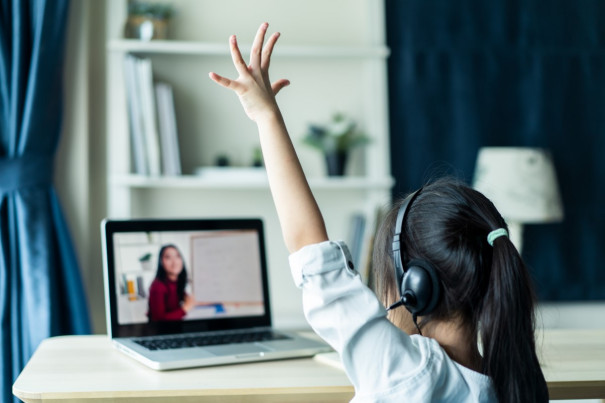
Home-based learning has been the biggest challenge for both teachers.
They both share similar experiences of juggling students who attend school in person and those who attend classes online.
This is challenging because teachers have to meet two different sets of objectives as lessons have to cater for both groups of students. For example, students who are physically in class are given worksheets but those attending online will need to download and print out the questions.
Says Xian Xian: “Surprisingly, my students who attend HBL are actually more attentive! I try different ways to engage them like having them pick out things from around their home to share with their friends. We constantly have to put ourselves in the minds of the children to keep them engaged. I am blessed to have a group of students who are cooperative online and keep quiet when I’m speaking.”
Anne adds: “At my primary school, it was interesting to find that not all of the HBL lessons are synchronous. That was a pleasant surprise for me as I had concerns as to how teachers could engage the students — especially the younger ones — for long periods of time online!
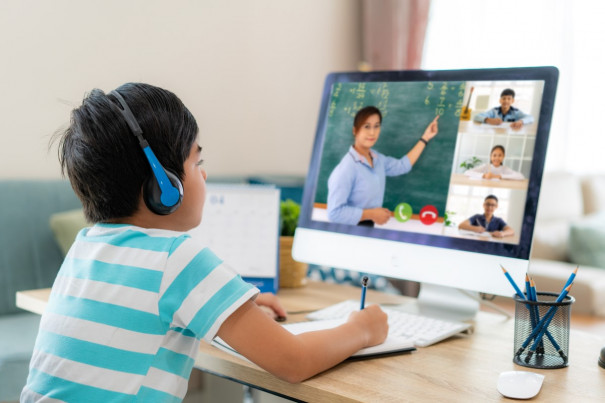
“Having asynchronous lessons for children to access on their own is a good idea. It gave them more flexibility, as they could access it whenever they wanted to.
That said, Anne says that she realised that the stereotype of digitally savvy young Singaporeans was not always true. She saw firsthand how some of her younger and weaker students struggled to navigate their tasks on the online learning platform.
Some students are simply not as digitally literate, she says, which further stresses them when they are trying to follow instructions that they may not fully understand.
When that happens, some students let their tasks accumulate over several days, which adds to the stress. Some of her students have told her that they felt discouraged and unmotivated to complete their outstanding tasks, shares Anne.
She says: “It’s our responsibility to keep up with the curriculum plan and ensure that children understand the content taught during HBL. Without physical interaction and parental support, it’s difficult to balance the varying needs of the children in the class. We can only try our best.”
“However, what’s most important is always doing our best to teach every child, and having their best intentions at heart. When students return to school from HBL, I go through past work with them and help them catch up,” she continues.
The biggest concern of HBL is the limited social interaction children have had with each other.
Explains Anne: “Interaction amongst peers is crucial for the social and cognitive development of children. In this season, face-to-face group work is not allowed and discussions are only allowed in pairs. Students are also not allowed to interact in big groups during break time either. This results in a reduced number of opportunities children can care for and learn from each other. With restricted playtime, some may feel a great amount of loneliness too.”
What happens when there are positive cases in school

It’s worse when Covid rears its ugly head. Xian Xian recalled the time when two teachers from her school tested positive for the virus.
“There was so much uncertainty and anxiety around having to be quarantined.”
Not only did she have to deal with questions from her own parents, she had to deal with answering queries from her school’s headquarters as well as settle multiple administrative duties due to her seniority and assuage the concerns of students’ parents — all while on quarantine herself.
After the incident, the school stepped up on vigilance and imposed more stringent hygiene routines for children and teachers. “We put up instructions like what to do when they sneeze, how they should wash their hands and reminders to check if the outer parts of their masks are dry. Minor steps like these make big impacts.” says Xian Xian.
And it was heartwarming to see how the preschoolers adapted quickly, she adds.
“When their masks are wet, they immediately know what to do. They even help one another by offering masks — they are so enthusiastic to pass extras! They are also really great with safe distancing measures as they would always remind each other if they’re too near to one another. It warms my heart to see them practise kindness even during these times.”
“I think this also stems from the multiple positive online videos that we share with them on random acts of kindness done by strangers in Singapore. It is important for us teachers to inculcate small acts of kindness and inspire them to be greater,” she adds.
Prioritizing self-care so they can care for others
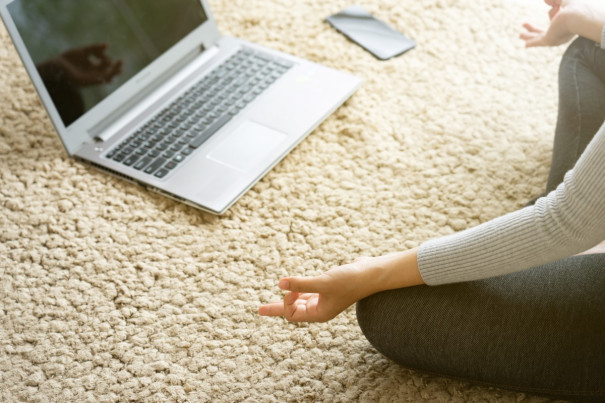
Anne admits: “At one point during my internship, I found myself extremely irritable and frustrated. That was when I realised that I wasn’t giving myself sufficient time to rejuvenate and recharge. So I started taking time out to stay active through my passion, which is dancing.”
Similarly, Xian Xian shares that she tries to complete all her tasks before the weekend.
“ I’m studying part-time and working full time, and I always try to complete all my school and work tasks before the weekend. That’s when I spend time with my family and my fiance.”
She also manages stress by physical activity — attending spin and boxing classes.
“Exercising is super important! The week after I got my vaccination jab, we were advised not to engage in any strenuous exercise and I found myself easily irritated at work and at home. That was when I decided that I needed to keep myself active (and sleep eight hours a day!) to maintain a healthy mental state!”
To accommodate her busy schedule, Xian Xian incorporates small workouts into her after-work routine.
She laughs: “Anyway when you get home, you’re already sweaty and dirty so might as well perspire even more!”
Teaching in the new normal
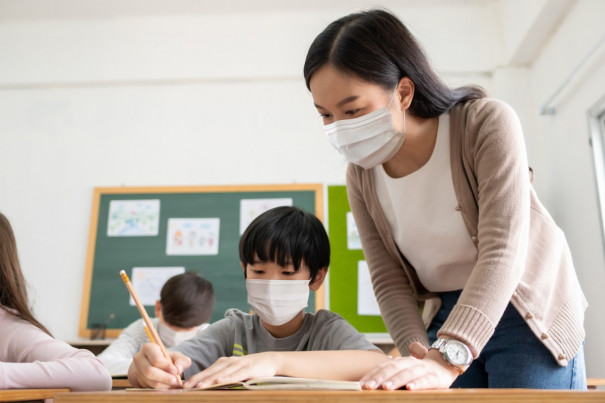
One thing that Xian Xian misses is the mutual support that she got at large gatherings and appreciation parties for teachers.
She says: “I miss having bonding activities where we can confide in one another and encourage each other when one of us is having a hard time.”
The other thing she misses is not being able to go on field trips with her students.
Once, she set up a virtual reality experience for students and told them that they would be going to a “virtual Sentosa”. The children thought that they would be going to the seaside, says Xian Xian, but actually they were going to a classroom decorated like a beach.
“They were so excited that they told their parents they were going to Sentosa. It was heartbreaking to see their disappointment at first but they still had fun anyway!”
Another time, she asked her preschoolers to share a photo of themselves on a holiday trip — they all came back with photos of them as infants at a local attraction. “It was quite sad to see how Covid had deprived them of experiencing so many things like travelling to other countries,” she says.
Other stories you might like
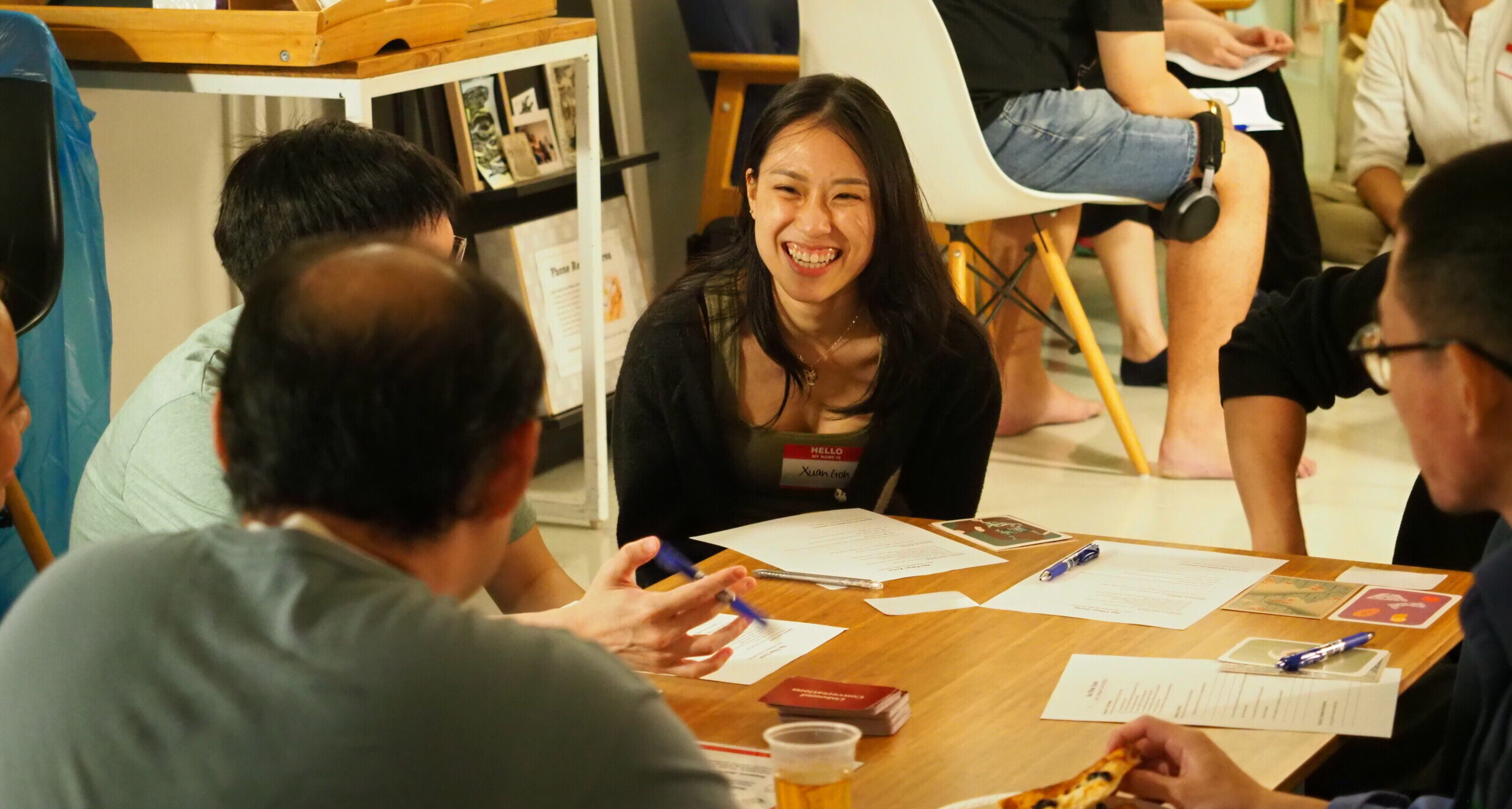
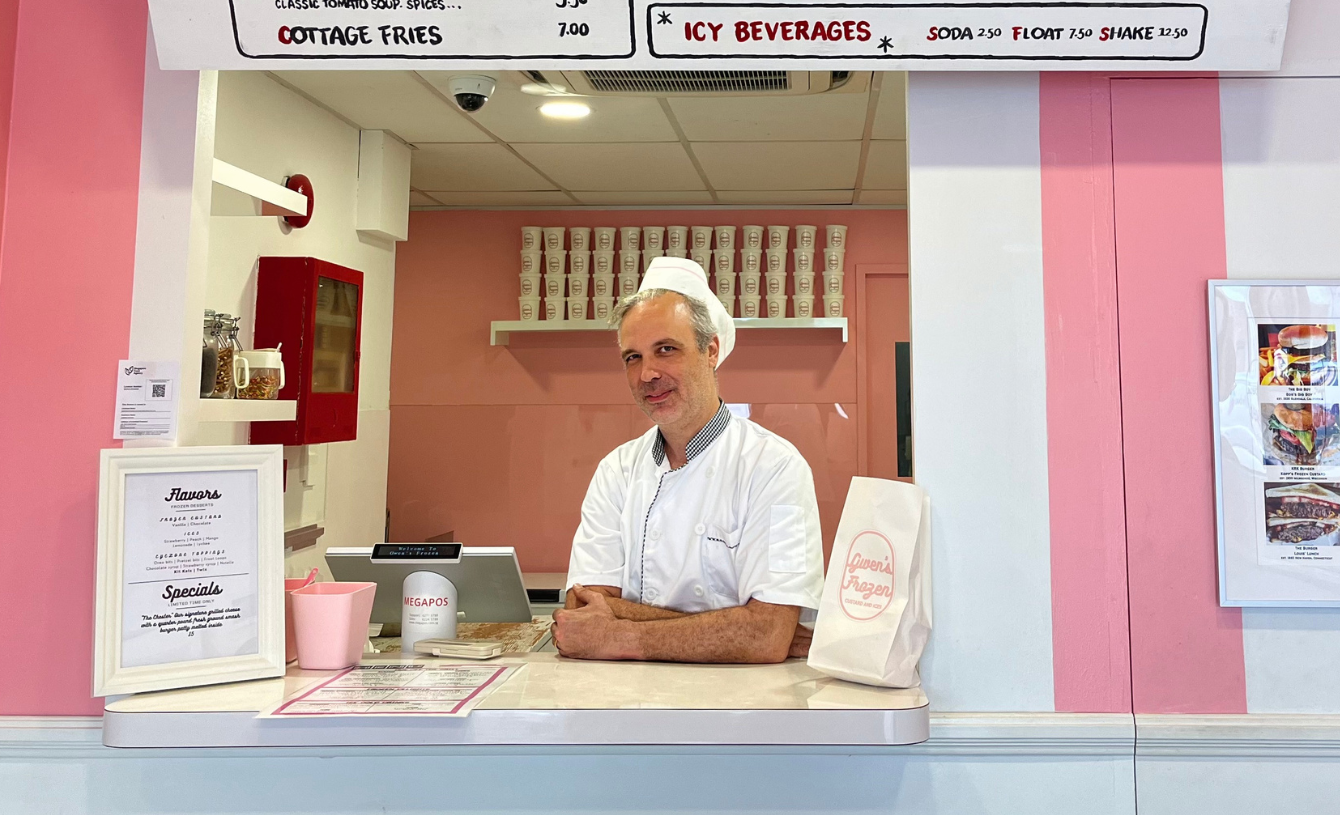

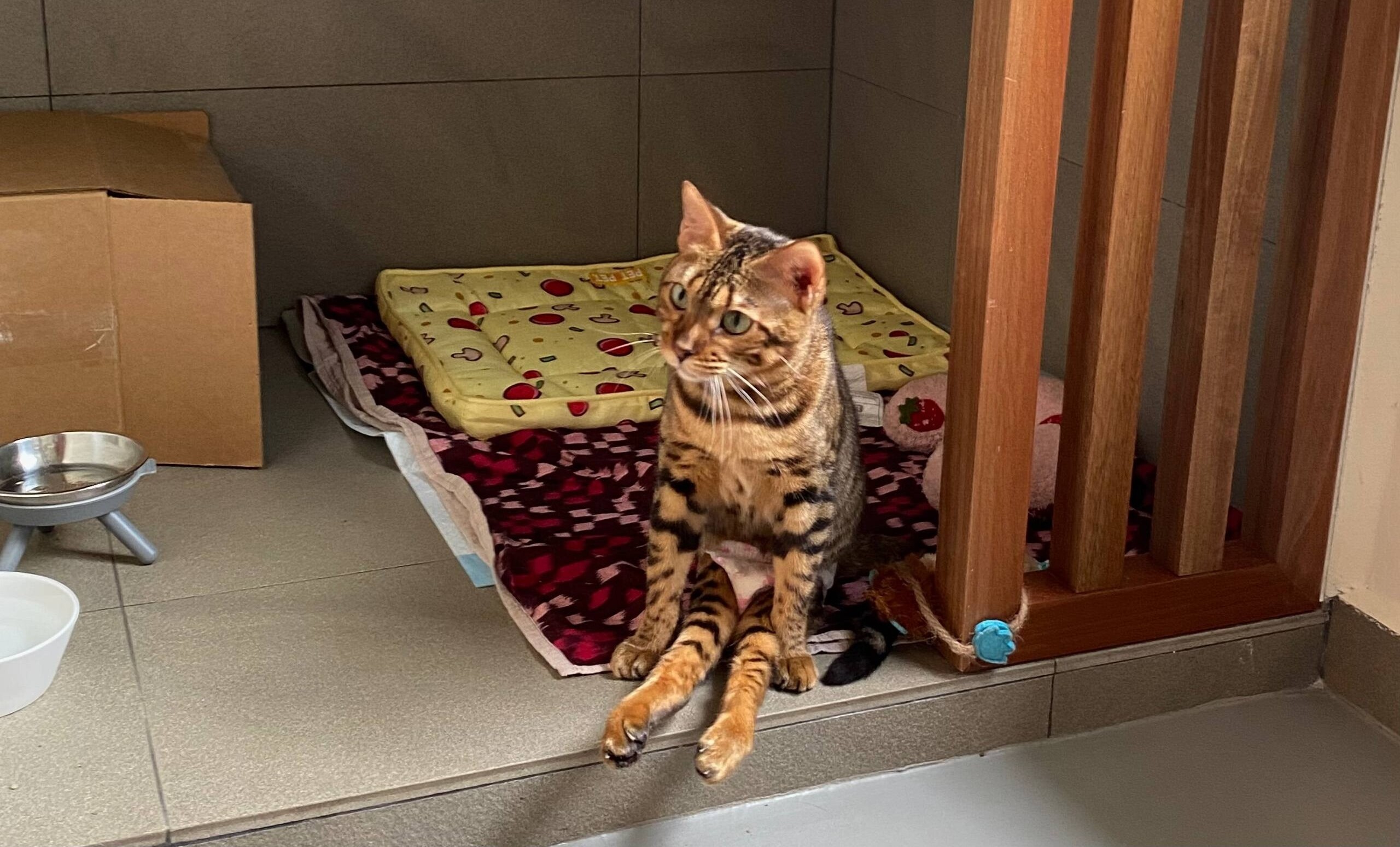
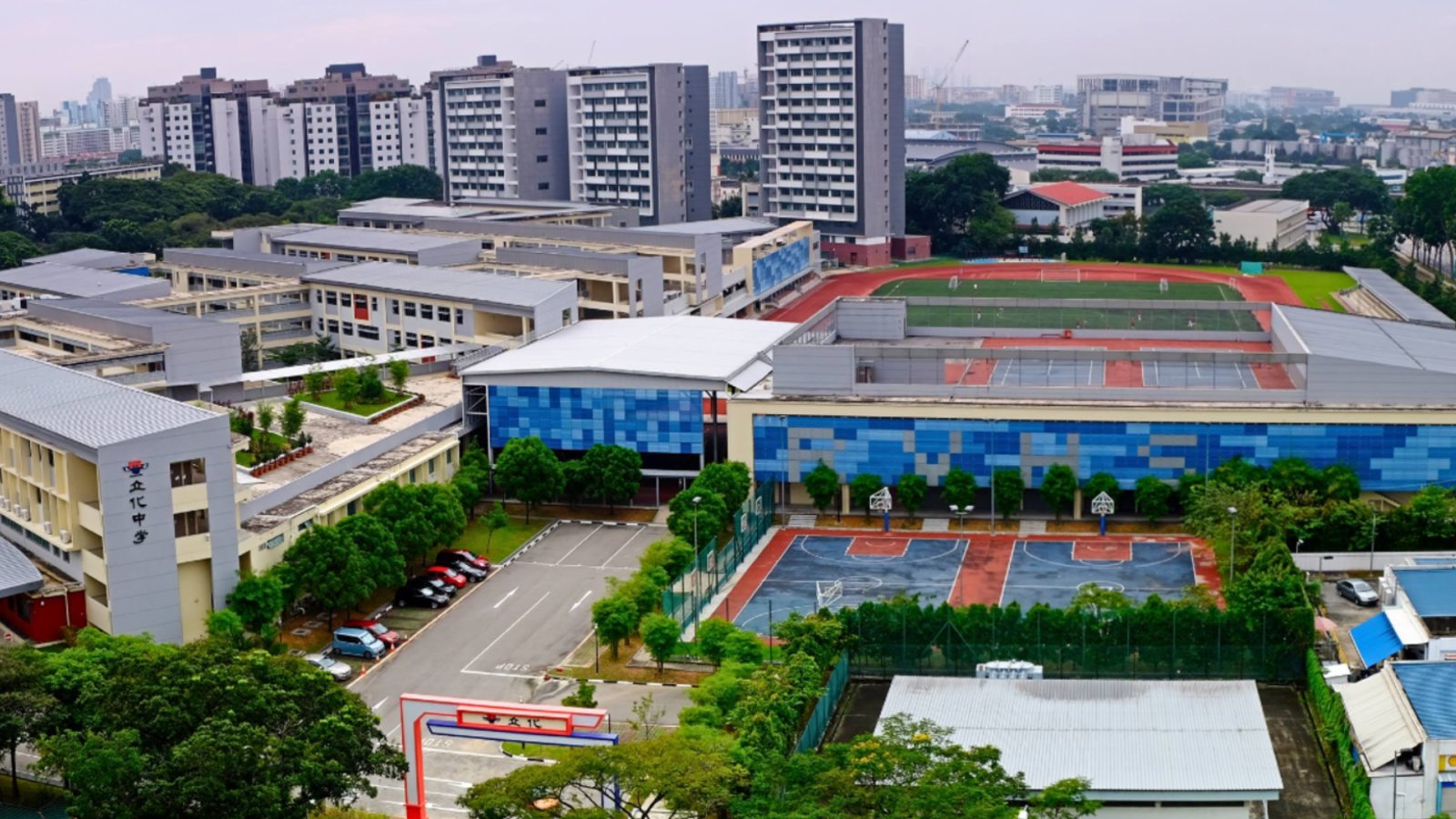
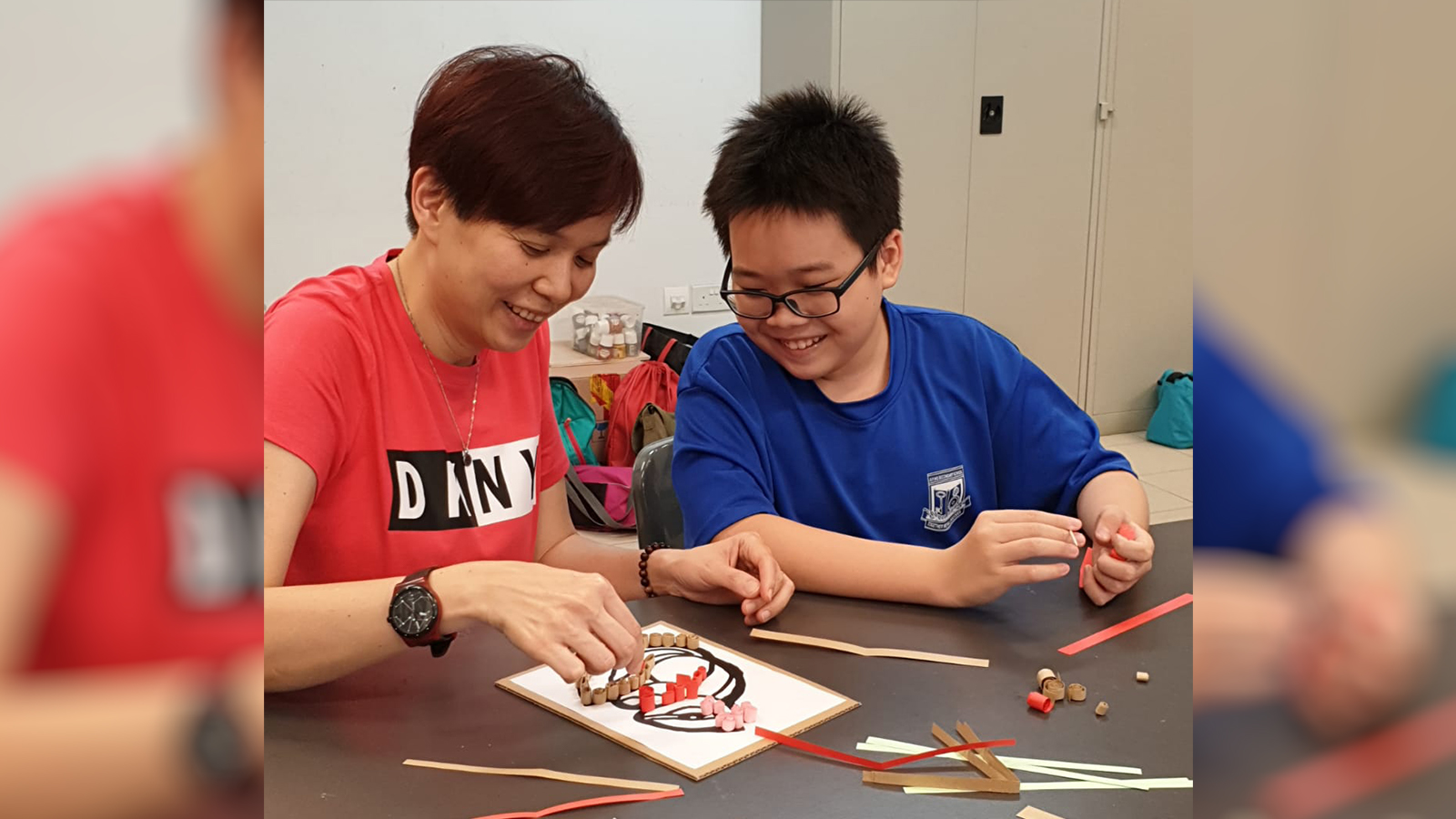
Anne says that the challenges and hardships that she saw teachers go through to give their students the best education inspired more about teaching in the new normal.
“I hope to be an effective teacher who desires to do well for the sake of her students. This internship has allowed me to be more equipped to reach my goal and vision for myself! I am excited to learn, unlearn and relearn, so I can impact many lives in the future.”
The Pride wishes all teachers and educators a Happy Teachers’ Day!
If you like what you read, follow us on Twitter and Google News to get the latest updates.
